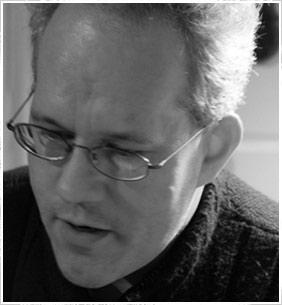Llibres, mestres i sermons
Francesc Eiximenis
Francesc Eiximenis
Moreover, what is stated above, namely that at that time wisdom and knowledge of the arts had already spread across the world, is in agreement with the fact that during that period there were already various towns of note. But that such wisdom and knowledge, in fact, already took the form of arts in such times, is shown by the said historian, since he states that back then the sons of Lamech, of the line of Cain, invented and practised certain arts.
First of all Jael, the first son of Lamech, was a shepherd and devised the art of making tents in which shepherds could live and which they could move when the shepherds changed the pasture of their flocks. This son, the author says, was the first to separate the sheep from the goats and to arrange for each species to graze in distinct flocks. He was also the first to think up a way of marking one’s flock with a particular sign, so that it might be told apart when someone wished to separate one from the other.
The second son of Lamech was called Tubal, and he invented musical instruments, such as the organ, the viola and the rebec, and other stringed instruments, although later on many others were devised. And he contrived and made these for the entertainment of the shepherds who lived alone watching over their flocks. And the Master of Histories says that this Tubal learnt to produce these harmonies as a result of the melodious sounds that he heard being emitted by the hammers of one of his brothers, called Tubalcain, who made use of blacksmith’s tools and various hammers with which his servants often beat upon the anvil. Certain people likewise say that he was strongly inspired to do this as a result of his finding a dead and overturned tortoise, from which the birds had eaten all of the flesh within and left its nerves, which nerves had dried out and become taut; and when the wind blew some grass which lay across the said dried-out tortoise, and, being stirred, that grass touched the said dried and taut nerves, it made a sound resembling the strings of a lute, and this inspired him to make stringed instruments.
Lamech’s third son was called Tubalcain, and this son invented the art of metalwork and he made weapons. And Peter Comestor says that he discovered it as follows, namely that when he was making a fire in the wood where his flock was, a wood in which there were different kinds of metal, he saw that the metal was melted by the fire and, once melted, it assumed the form of the place where it had fallen. And then he realised that he could do what he wished with metals, using the strength of fire; for this reason, then, he did what he wished with them, all in the service of man.
Lamech’s fourth child was a daughter, named Noema, and she contrived the art of weaving, and she based her discovery upon the weaving of spiders, according to what Peter Comestor says. And note here that the children of Cain invented the arts pertaining to man’s physical comfort and to temporal wealth. On the basis of these said arts and of many others which were devised at that time, Etnicus wishes to prove that there were already in those days various significant buildings and communities. For he states that human guile enables whatever is bad to become worse; and those tents which were first devised inspired men to build houses in order better to have repose. And musical instruments excited the flesh and, as a result, such excitement required a suitable building. So likewise the art of metalwork required a building, and its principal purpose, which was to make weapons, required that men who had learnt and were familiar with the art of fighting battles should congregate together, men who had need of a safe place where they could live and might have shelter and succour. And likewise to make cloth and to weave required the very same. So it is clear that men already had at that time certain noteworthy buildings and places where they lived, which were towns and cities and settlements of this type.
EIXIMENIS, Francesc. Francesc Eiximenis: An Anthology [a translation
of Llibres, mestres i sermons]. Barcelona/Woodbridge: Barcino/Tamesis,
2008.
Traduït per Robert D. Hughes
